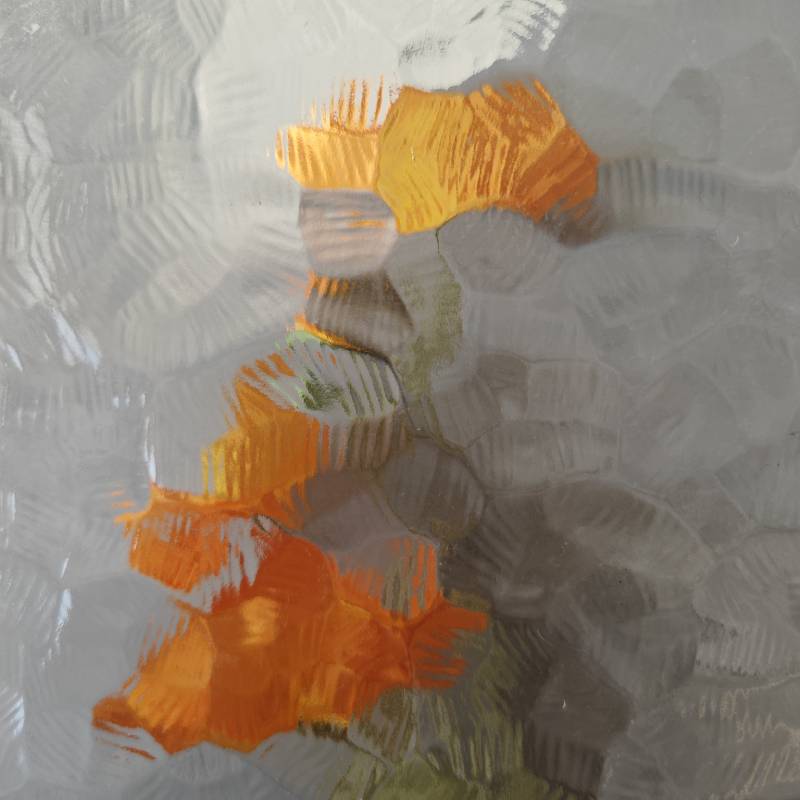

The Beauty and Functionality of Tinted Mirror Glass
Tinted mirror glass, a remarkable innovation in contemporary design, artfully combines aesthetics and functionality. This versatile material is gaining popularity across various industries, from architecture to automotive, thanks to its unique properties and appealing appearance.
At its core, tinted mirror glass is created by depositing a thin layer of metallic film onto a sheet of glass. This process not only provides a reflective surface but also allows for the addition of color. The tint can range from subtle hues to deep, vibrant shades, offering a distinctive look that enhances any space. The ability to customize the tint means that designers can create tailored environments that reflect their vision, whether they are designing a modern office, a luxurious hotel, or an artistic installation.
One of the most significant advantages of tinted mirror glass is its ability to control light. In spaces flooded with natural light, tinted mirror glass effectively reduces glare, creating a more comfortable atmosphere. The tinted layer absorbs and reflects a portion of incoming sunlight, minimizing heat transfer and improving energy efficiency. This makes it a practical choice for residential and commercial buildings, as it can significantly lower cooling costs and enhance overall energy performance.
Moreover, tinted mirror glass serves as an excellent privacy solution. When used in windows or partitions, it allows for daylight to penetrate a space while obstructing views from the outside. This creates a sense of security without sacrificing natural light, making it an ideal material for bathrooms, offices, and other areas requiring discretion. As urban living spaces become increasingly cramped, the demand for solutions that promote privacy while maintaining openness is more significant than ever.

From a design perspective, tinted mirror glass adds a layer of sophistication and elegance to interiors. It creates visual interest and depth, reflecting surrounding colors and textures. In retail environments, designers often use tinted mirror glass to create striking displays that draw the eye and captivate shoppers. In residential settings, it can be used in everything from backsplashes to furniture, bringing a modern flair that complements various styles.
However, tinted mirror glass isn’t limited to interior applications. In the automotive industry, it is used in windows and sunroofs, providing drivers with protection from the sun while maintaining visibility. This melding of safety and style is paramount for contemporary vehicles, which often emphasize both functionality and aesthetic appeal.
The maintenance of tinted mirror glass is also relatively straightforward. A soft cloth and mild cleaning solution are typically all that is needed to keep its surface looking pristine. This ease of maintenance, combined with its durability, makes it an attractive option for a wide range of projects.
As with any material, the choice to incorporate tinted mirror glass should be informed by its intended use. Factors such as local climate, project requirements, and personal tastes will all play a role in determining whether it is the right fit. However, as buildings and products increasingly emphasize energy efficiency and design sophistication, tinted mirror glass is poised to play a vital role in our environments.
In conclusion, tinted mirror glass stands out as a versatile and stylish solution that enhances both the visual appeal and functionality of spaces. Its ability to manage light, provide privacy, and offer a touch of elegance make it a favored choice among architects, designers, and homeowners alike. As we continue to seek innovative materials that deliver both beauty and practicality, tinted mirror glass will likely remain a prominent player in the design landscape for years to come.